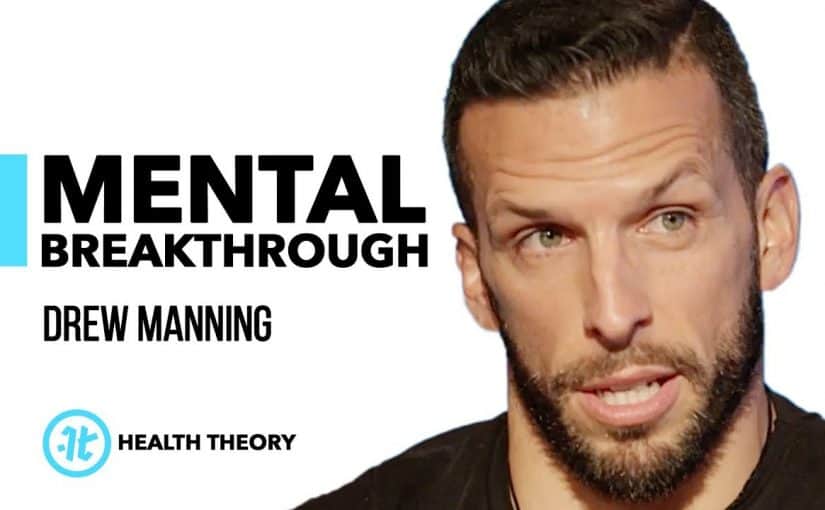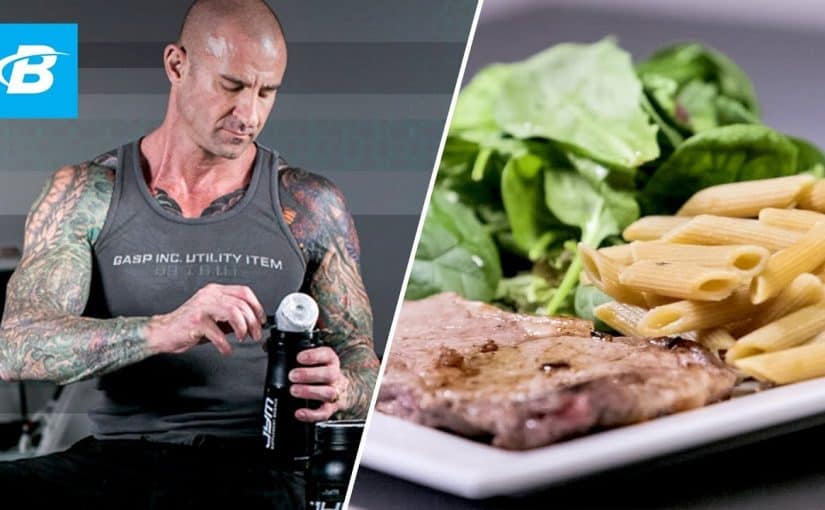[embedyt] https://www.youtube.com/watch?v=hAmSbK81_MA[/embedyt]
There’s a common misconception out there that eating healthy (and tasty) on a budget is impossible. But that’s not true. You can, in fact, meal prep on a budget. I’m going to show you exactly how you can build an effective and healthy budget-friendly meal prep plan for just over $8.00/day ($8.39)–complete with budget meals recipes. So, the first thing we need to do to make our meal prep budget friendly is choose the right food sources. I’ve listed out what the most friendly protein, fats, and carbs options are in the video and you want to use those sources to design your meal prep on a budget.
So, knowing that, let’s put this into practice and dive into our budget meals recipes. The meal plan will consist of 4 main meals with at least 20g of protein within each meal in order to keep our muscle protein synthesis levels elevated throughout the day. The total equates to 2,700 calories and roughly 160g of protein.
Meal #1: Breakfast Smoothie ($1.70)
2 tbsp (30g) Peanut Butter: $0.16
2 cups (500mL) 2% Milk: $0.30
1 banana: $0.16
1/3 cup (30g) Oats: $0.08
1 scoop (35g) Whey Protein: $1.00
766 calories, 55g protein, 78g carbs, 29g fat
Meal #2: Egg Stir Fry ($1.51)
3 whole eggs: $0.42
½ cup (~100g) uncooked brown rice: $0.45
1 chicken stock cube: $0.06
½ (~45g) cup carrots: $0.12
½ (~45g) cup celery: $0.20
½ (~45g) cup cabbage: $0.14
3-4 tbsp soy sauce: $0.08
2 tsp garlic powder: $0.04
602 calories, 27g protein, 81g carbs, 18g fat
Meal #3 Fajita Bowl ($2.84)
½ cup (~100g) uncooked brown rice: $0.45
1 chicken stock cube: $0.06
4oz (~110g) raw diced chicken breast: $1.10
1 green pepper: $0.48
1 diced sweet onion: $0.28
1 cup (~230g) canned pinto beans: $0.30
¼ cup (~100g) salsa: $0.11
Seasoning: $0.06
782 calories, 48g protein, 130g carbs, 8g fat
Meal #4 Ground Turkey Sweet Potato Dish ($2.34)
4.5 ounces (~125g) raw ground turkey (93/7): $0.76
10oz (280g) raw diced sweet potato: $0.73
1 cup (~150g) fresh green beans: $0.69
1 tbsp (15mL) olive oil: $0.06
Seasoning: $0.10
560 calories, 30g protein, 58g carbs, 24g fat
So now that we’ve gone through the budget-friendly meal prep plan, let’s go over some important information as to how to actually implement it. What I’d recommend is meal prepping the 3 meals but not the smoothie and instead just making that fresh as it takes just 5 minutes to do and will taste a lot better. I’d also recommend prepping these meals to be good for 3 days.
Next, let’s cover how to add some variety to it. Doing this is actually quite simple and can be done by just swapping out some of your protein, carb, or fat sources in your meal for an equivalent amount of another budget friendly food source instead (I have a chart of them in the video). In addition to this, experiment with different seasonings, sauces, and veggies for each dish as well.
Lastly, let’s cover how to tweak the calories and macros of this meal prep plan to better suit you while still being budget friendly. Basically, you want to prioritize aiming for around 1g of protein per lb of your bodyweight and a calorie intake of your bodyweight in lbs multiplied by around 15-17. Once you have these two targets set, you can simply increase or decrease the portions of the meals in this plan as needed.
Hopefully, you were able to see that eating healthy while at the same time keeping it tasty can indeed be done on a budget.
TIMESTAMPS:
0:00 – Budget friendly food sources
2:00 – Budget friendly grocery stores
2:40 – Overview of meal plan
3:00 – Meal #1
3:33 – Meal #2
4:35 – Meal #3
5:33 – Meal #4
6:30 – How to meal prep
7:58 – Food swaps
8:42 – Customizing macros
9:50 – Download meal plan
10:10 – Watch me!





